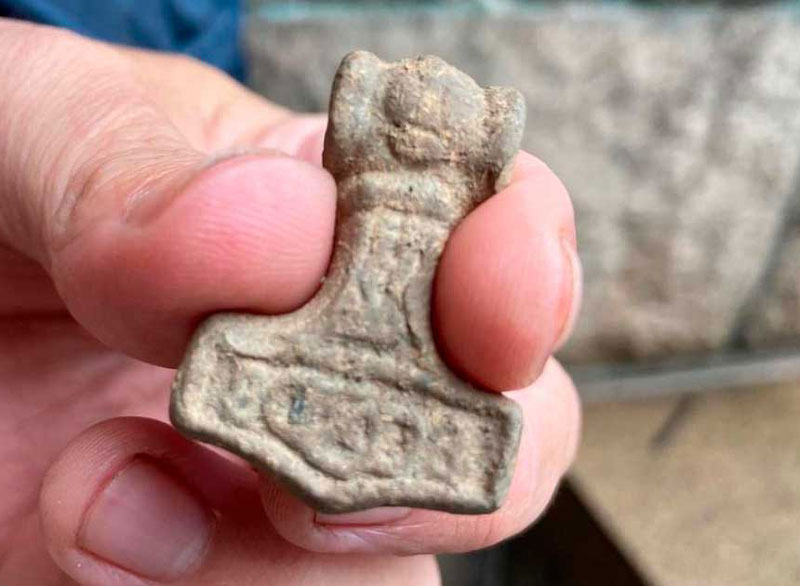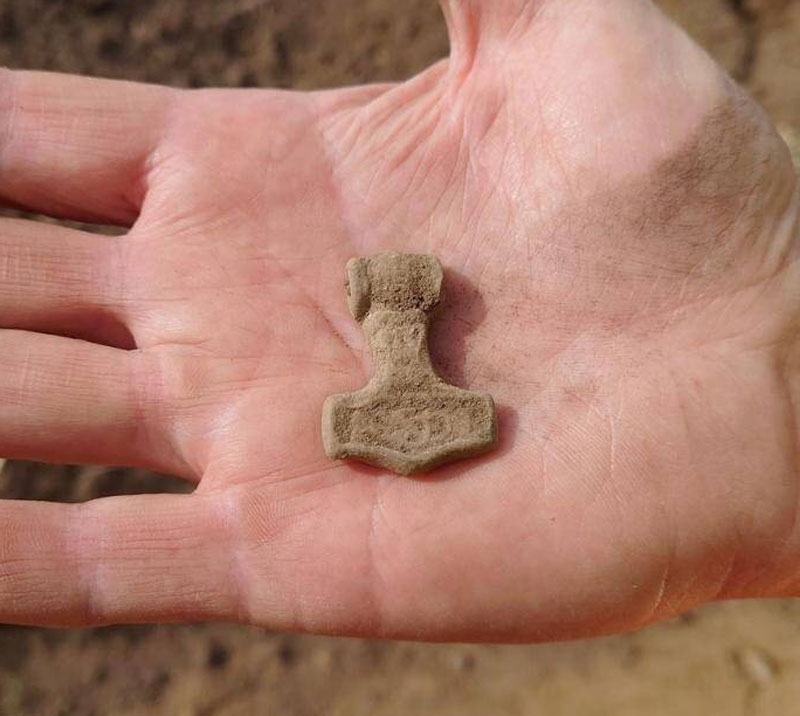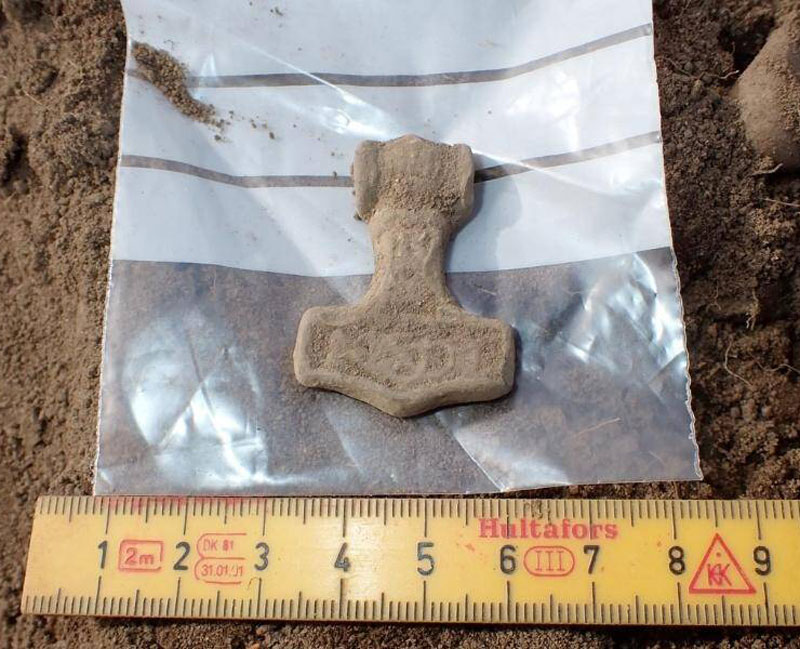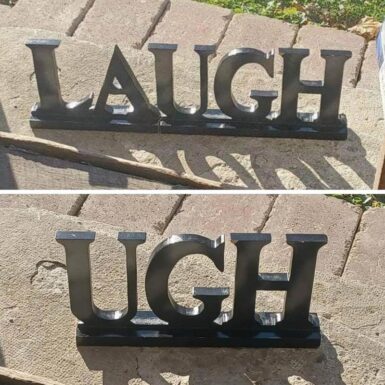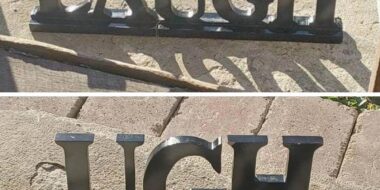In a recent investigation conducted by a team of archaeologists in Ysby, an astonishing discovery has been made prior to the construction of new homes. They unearthed a remarkably well-preserved Thor’s hammer amulet, a find that holds particular significance as it is the first of its kind ever found in the Halland region. Believed to originate from the 9th to 11th century, during the late Viking Age, this intriguing artifact appears to be crafted from lead. While further examination is needed to confirm, it is possible that the hammer was gilded or silvered, which could be revealed after cleaning and preservation.
The Thor’s Hammer, discovered during their preliminary investigation in Ysby, is a symbolic representation of the god Thor, who was revered in Norse mythology as the wielder of Mjölnir, a powerful hammer. It is likely that the Thor’s Hammer they found in Ysby was used as either an amulet or a piece of jewelry. Notably, a hole is visible in the shaft, suggesting that it may have been attached to a ring or strap. While similar amulets have been found in Scandinavia previously, this particular one stands alone as the sole representative in Halland.
One intriguing theory suggests that the Thor’s Hammer could have been brought to Ysby during a period of religious transition, when the area began to embrace Christianity. It is speculated that these ornate and sizable hammers served as distinct markers for those who still practiced the Asatro faith, while Christianity was taking root in Scandinavia.
During our excavation, in addition to the sensational Thor’s Hammer, they discovered flint chips, blackware ceramics, and a metal fitting that could potentially belong to either the Viking Age or the early Middle Ages. Several features such as pits, post holes, and hearths were also identified. While the exact dating of these structures awaits sample analyses, the nature of the finds and the design of certain hearths suggest a possible Viking Age association with the site.
Previous archaeological surveys in the vicinity have uncovered settlements from the Stone and Iron Ages, as well as artifacts from various periods throughout history, including the Viking Age. Notably, in 2018, a two-nave longhouse from the earlier Iron Age was discovered in close proximity to the current excavation site.
Dominating the landscape stands Ysby church, whose walls partly date back to the early Middle Ages, estimated to be from the 12th to 13th century. It is plausible that an older wooden church predated the existing stone and brick structure. Historical records from the 17th century indicate the presence of a ford in Ysby, allowing passage across the Lagan River. This geographical feature likely contributed to the strategic importance of the site in ancient times.
3D Model of the Thor’s Hammer Amulet
The unearthing of the unique Thor’s Hammer in Ysby sheds new light on the cultural and religious practices of the Viking Age in the Halland region. As further investigations and analyses are conducted, they anticipate unveiling more insights into this captivating find, providing a clearer picture of the historical significance of Ysby and its intriguing past.


